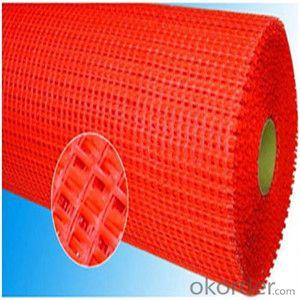Fiberglass Weave: The Textile of Technical Strength
The world of textiles is a vast and diverse one, encompassing everything from the softest cotton to the sturdiest canvas. But there’s one type of textile that stands out for its sheer versatility and strength – fiberglass weave. This isn’t your grandma’s quilting material; it’s a high-performance fabric that’s as much at home on the racetrack as it is in the construction site. Let’s dive into the fascinating world of fiberglass weave and explore its many applications, benefits, and the unique characteristics that make it an engineering marvel.
The Unsung Hero of Modern Engineering
Fiberglass weave is often the unsung hero in many of the products we use daily. It’s the silent partner in the strength and durability of countless items, from automotive parts to sports equipment. This textile is made from thin strands of glass that are woven together, creating a fabric that’s lightweight yet incredibly strong. It’s this unique combination of properties that makes it a favorite among engineers and designers.
A Closer Look at the Fiberglass Weave
To truly appreciate the fiberglass weave, we need to take a closer look at its structure. The glass fibers are first treated with a special resin, which binds them together and gives the fabric its characteristic strength. This resin also provides additional benefits, such as resistance to corrosion and UV damage, making the fiberglass weave suitable for a wide range of environments.
The Many Faces of Fiberglass Weave
One of the most remarkable aspects of fiberglass weave is its adaptability. It can be used in various forms, from simple sheets to complex three-dimensional structures. This adaptability is a key factor in its widespread use across different industries. Let’s take a look at some of the industries where fiberglass weave has made a significant impact:
1. Automotive Industry: Fiberglass weave is a popular choice for car manufacturers looking to reduce weight without sacrificing strength. It’s used in the production of body panels, spoilers, and other components that need to withstand high speeds and impacts.
2. Aerospace Industry: In the aerospace sector, every gram counts. Fiberglass weave is used in the construction of aircraft components to reduce weight and increase fuel efficiency, contributing to a greener and more cost-effective mode of transportation.
3. Construction Industry: Fiberglass weave is a common sight in construction projects, particularly in the reinforcement of concrete structures. Its high tensile strength makes it an ideal material for reinforcing beams and columns.
4. Marine Industry: Boats and other marine vessels often use fiberglass weave for its corrosion resistance and ability to withstand harsh marine environments. It’s used in the construction of hulls, decks, and other structural components.
5. Sports Equipment: From tennis rackets to golf clubs, fiberglass weave is used in the manufacturing of sports equipment for its lightweight and high-strength properties. It allows athletes to perform at their best without being weighed down by heavy equipment.
The Art of Fiberglass Weave Manufacturing
The process of manufacturing fiberglass weave is as interesting as the material itself. It all starts with the creation of the glass fibers, which are then woven together using specialized looms. The fibers are treated with the resin, which not only binds them together but also enhances their strength and durability. This process is carefully controlled to ensure the quality and consistency of the final product.
The Future of Fiberglass Weave
As we look to the future, it’s clear that the demand for lightweight, strong, and durable materials will only continue to grow. Fiberglass weave is poised to play a significant role in meeting these needs across various industries. With ongoing research and development, we can expect to see even more innovative applications for this versatile textile.
In Conclusion
Fiberglass weave is more than just a textile; it’s a symbol of human ingenuity and our relentless pursuit of innovation. Its unique blend of strength, lightweight, and adaptability has made it an indispensable part of our modern world. As we continue to push the boundaries of what’s possible, fiberglass weave will undoubtedly continue to be a key player in shaping the future of engineering and design.

